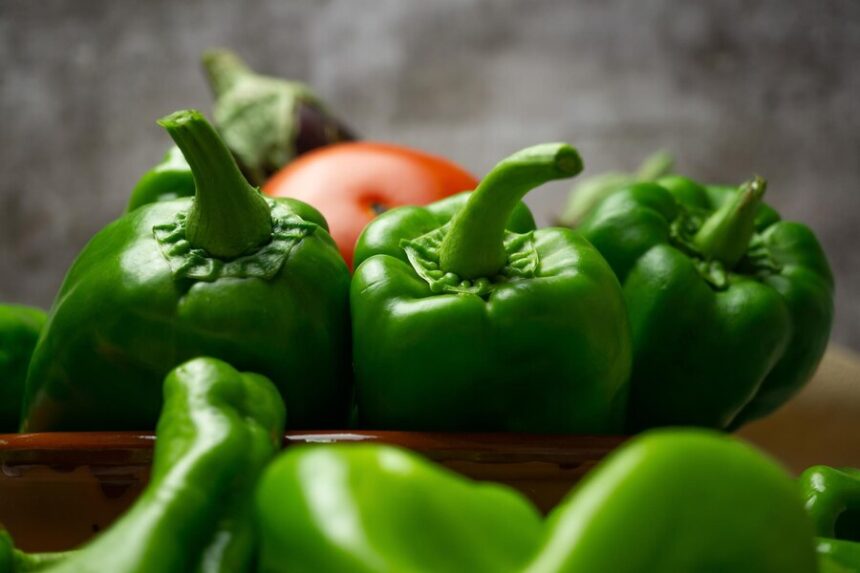Green peppers, also known as bell peppers, are a popular and versatile vegetable that can thrive in the diverse climate of South Africa. With its varied regions and climates, the country provides an ideal environment for cultivating these vibrant and nutritious vegetables. In this article, we’ll explore the essential steps and considerations for successfully growing green peppers in South Africa.
Choosing the Right Variety
Selecting the right variety of green pepper is crucial for a successful harvest. In South Africa, you’ll find various cultivars suitable for different regions and climates. Popular varieties include the California Wonder, Yolo Wonder, and Sweet Banana. When choosing a variety, consider factors such as your local climate, soil type, and the intended use of the peppers.
Climate and Location
South Africa’s diverse climate ranges from Mediterranean to subtropical, offering opportunities for green pepper cultivation throughout the country. Green peppers require a warm and sunny environment, with temperatures ideally ranging between 18°C to 30°C (64°F to 86°F) during the growing season. Ensure your chosen location receives at least 6 hours of sunlight daily.
Soil Preparation
Preparing the soil is a critical step in ensuring healthy plant growth. Green peppers thrive in well-draining, loamy soil with a pH level between 6.0 and 6.8. Amend the soil with organic matter such as compost to improve its structure and fertility. Proper drainage prevents waterlogged soil, which can lead to root rot.
Planting Process
- Germination: Start green pepper seeds indoors 8-10 weeks before the last frost. Use seedling trays or pots with a good seed-starting mix. Keep the soil consistently moist and provide warmth for optimal germination.
- Transplanting: Once seedlings have developed a few sets of true leaves and the danger of frost has passed, transplant them into your prepared garden beds or containers. Space the plants about 45-60 cm (18-24 inches) apart to allow for proper air circulation and growth.
Caring for Green Pepper Plants
- Watering: Maintain consistent moisture levels in the soil, avoiding waterlogging. Water at the base of the plants to prevent foliage diseases. Deep, thorough watering is better than frequent shallow watering.
- Fertilization: Fertilize the plants with a balanced, slow-release fertilizer high in phosphorus and potassium. Apply the fertilizer during planting and again when the plants start flowering.
- Mulching: Apply a layer of organic mulch, such as straw or leaves, around the base of the plants to conserve moisture, suppress weeds, and regulate soil temperature.
Pest and Disease Management
Common pests in South Africa that can affect green peppers include aphids, caterpillars, and whiteflies. Regularly inspect your plants for signs of infestation and consider introducing beneficial insects like ladybugs or lacewings. Proper spacing, good air circulation, and practicing crop rotation can help prevent disease.
Harvesting
Green peppers are usually ready for harvest 60 to 90 days after transplanting. Harvest when the peppers have reached their desired size and color. Using a sharp knife or scissors, cut the peppers from the plant, leaving a short stem attached. Regular harvesting encourages continued fruit production.
Cultivating green peppers in South Africa can be a rewarding experience, given the country’s favorable climate and diverse growing conditions. By selecting the right variety, preparing the soil adequately, and providing proper care, you can enjoy a bountiful harvest of these versatile and nutritious vegetables. Whether you’re an experienced gardener or a novice, growing green peppers can bring both joy and a delicious addition to your table.
Join 'Farmers Mag' WhatsApp Channel
Get the latest Farming news and tips delivered straight to your WhatsApp
CLICK HERE TO JOIN






